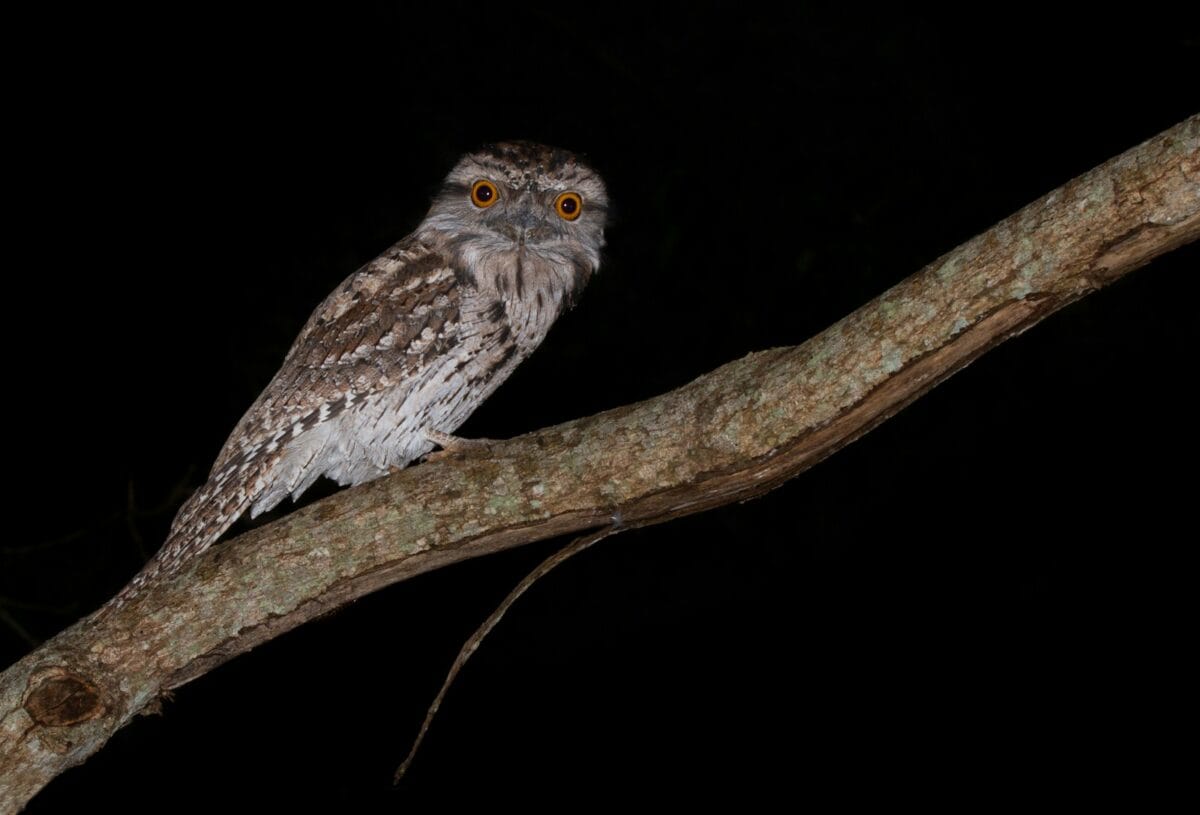Animals have fascinated humans for centuries, particularly those with incredible abilities that seem to defy logic. Among these, the capacity to maneuver seamlessly through pitch-black environments is a trait that ignites curiosity and wonder. But how do some creatures manage to see in complete darkness where humans are rendered almost blind? The answers lie within their biology, evolution, and adaptation to their environments. This article explores the remarkable ways some animals possess the skill to navigate the dark.
Understanding Vision in the Animal Kingdom
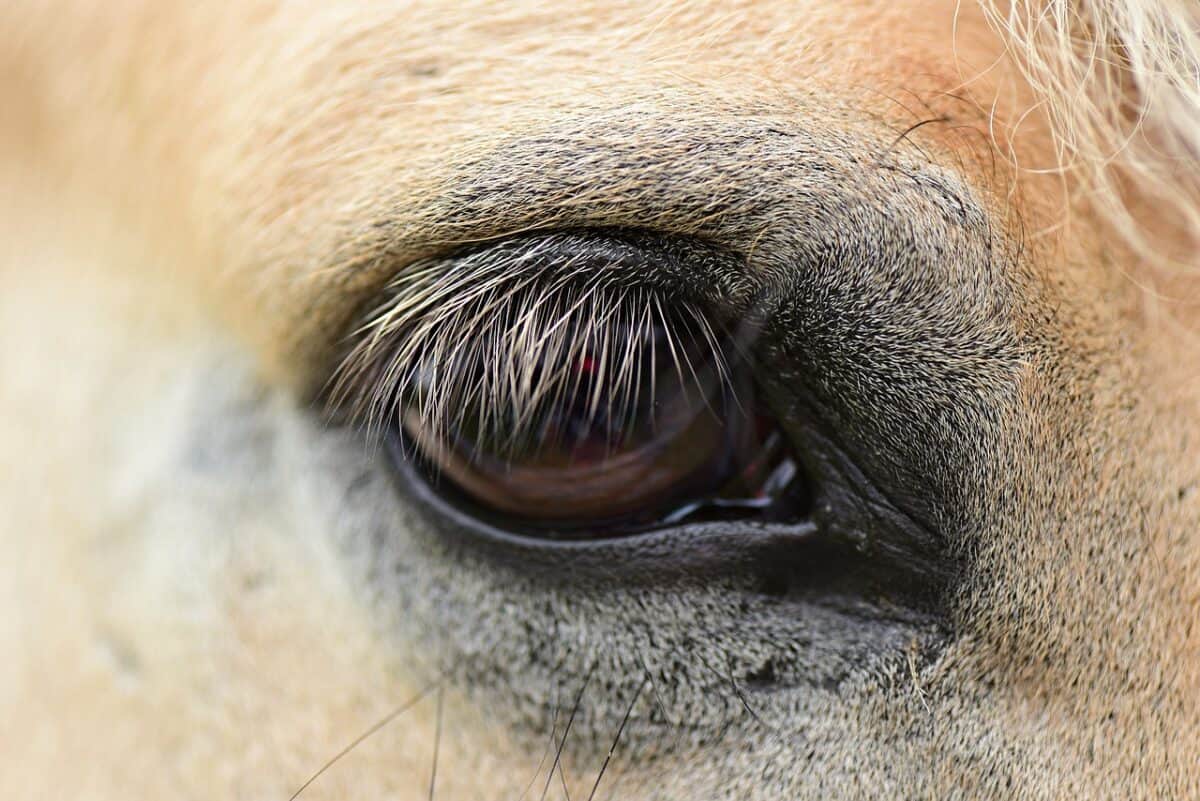
Vision is a complex trait evolved differently across species to adapt to various environmental challenges. While human vision is well-suited for daylight, many animal species have developed specialized eyes capable of perceiving the world in low-light or even completely dark conditions. This adaptation is a product of millions of years of evolution and survival in diverse habitats.
The Role of Night Vision
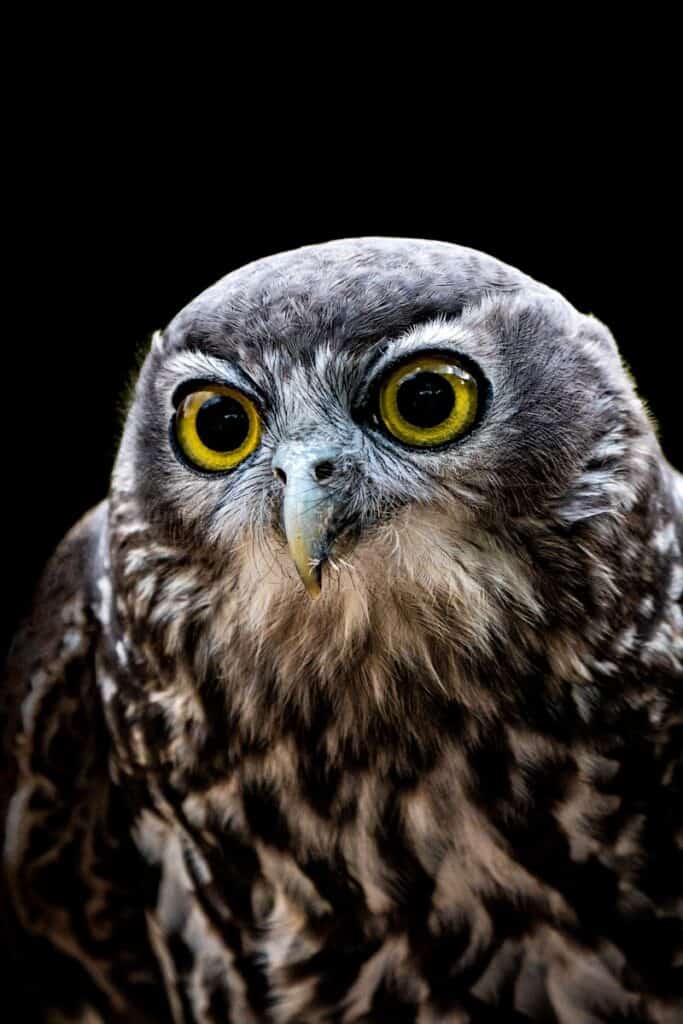
Night vision is an essential trait for many nocturnal animals, those that are active primarily during the night. This ability not only aids in hunting and foraging but also offers protection from predators. Animals with exceptional night vision possess unique eye structures enabling them to detect light in the darkest environments.
Specialized Eye Structures

The secret behind night vision lies in the specialized structures of the eye. Many animals possess a high number of rod cells in their retinas, which are more sensitive to light than cone cells. Rod cells excel in low-light conditions, allowing species such as owls and cats to see in near darkness by amplifying any available light.
The Tapetum Lucidum Effect
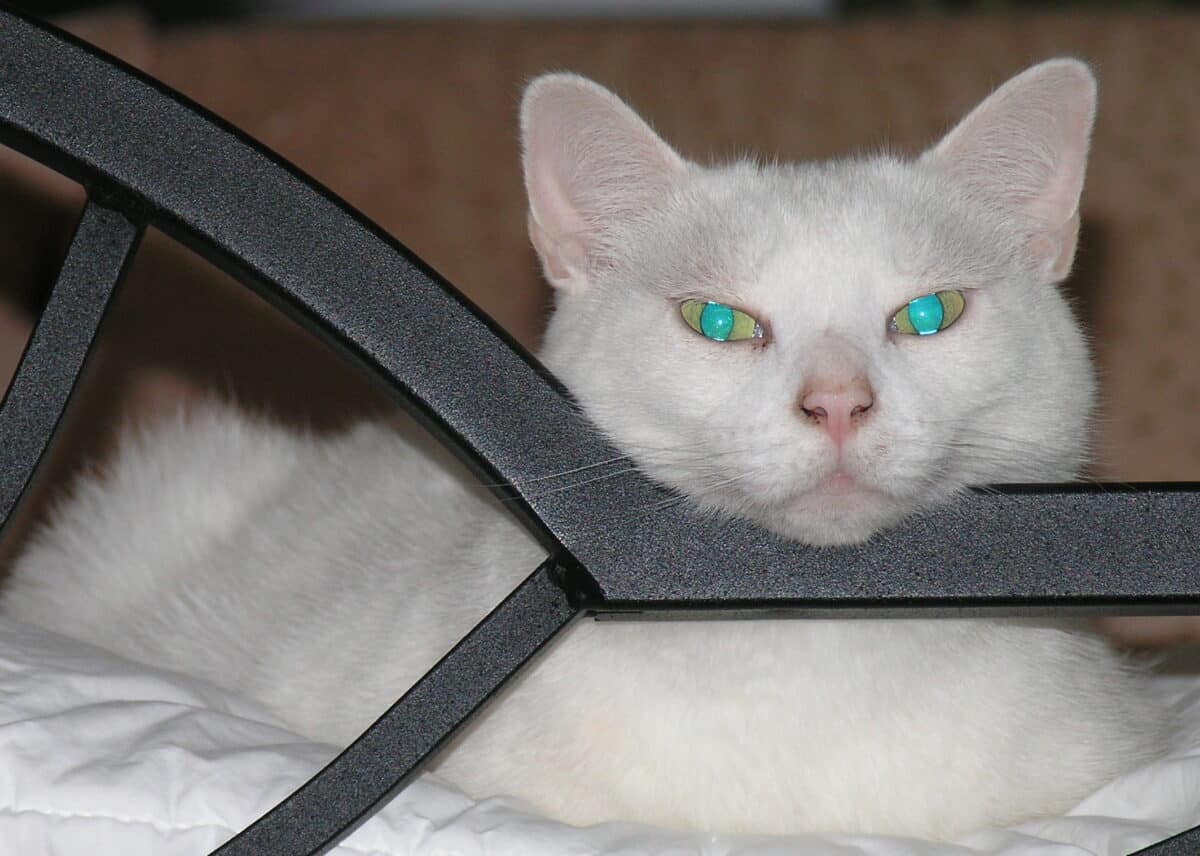
Some animals have a reflective layer behind the retina known as the tapetum lucidum. This structure reflects light back through the retina, increasing the amount of light available to the photoreceptors, thereby enhancing night vision. This phenomenon is why the eyes of animals like cats and deer appear to glow in the dark when illuminated by a flashlight.
Infrared Vision: Seeing Heat
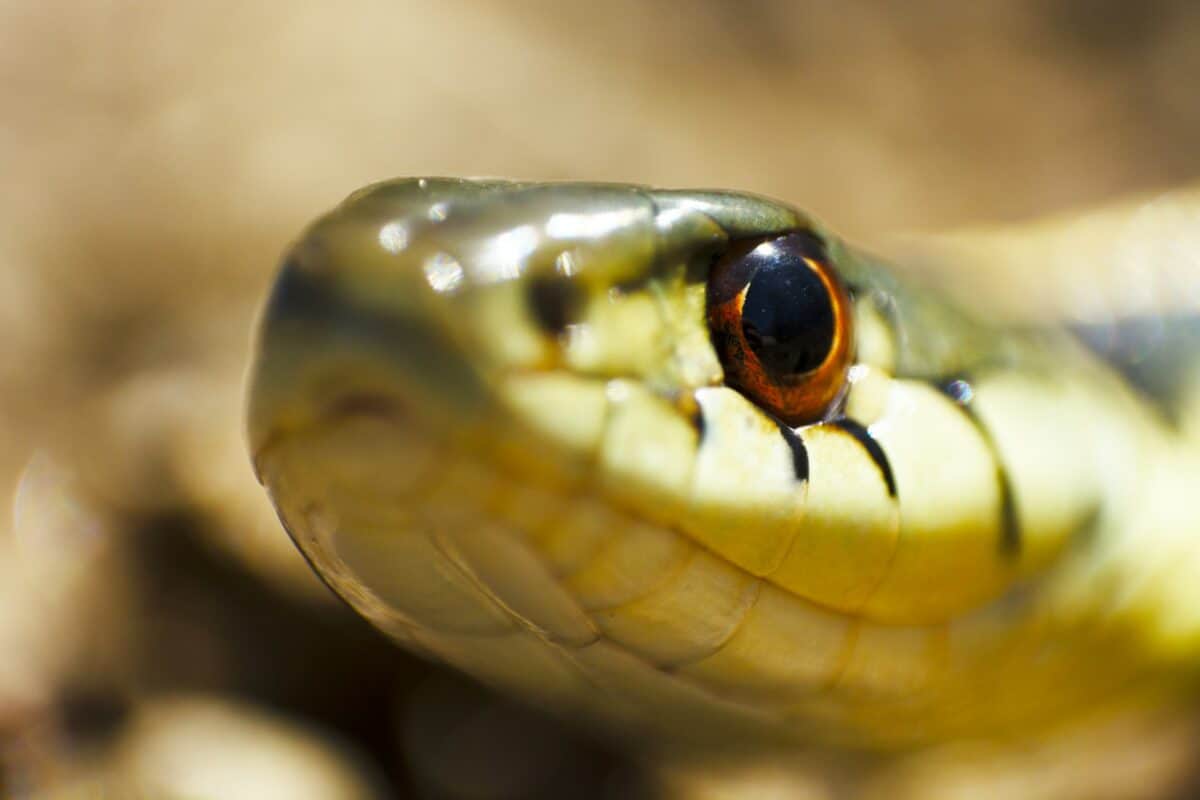
Beyond visual light perception, some animals can detect infrared radiation, or heat, thanks to specialized organs. Snakes, for instance, use pit organs to detect the warmth emitted by prey, allowing them to “see” without visual light. This ability is crucial for hunting in total darkness.
Ultraviolet Vision: Beyond the Visible Spectrum

Certain animals can also perceive ultraviolet light, which is invisible to humans. Birds and insects, for example, use UV vision to detect patterns on flowers or the plumage of potential mates. While not directly related to seeing in the dark, UV vision expands the range of environments these animals can navigate effectively.
Evolution of Nocturnal Adaptations

The evolution of nocturnal adaptations is a testament to natural selection. Predators and prey alike face different challenges at night, leading to the development of refined senses beyond just vision. Enhanced hearing, acute smell, and tactile sensitivity often accompany night vision to form a comprehensive sensory suite for nighttime survival.
Behavioral Adaptations in the Dark
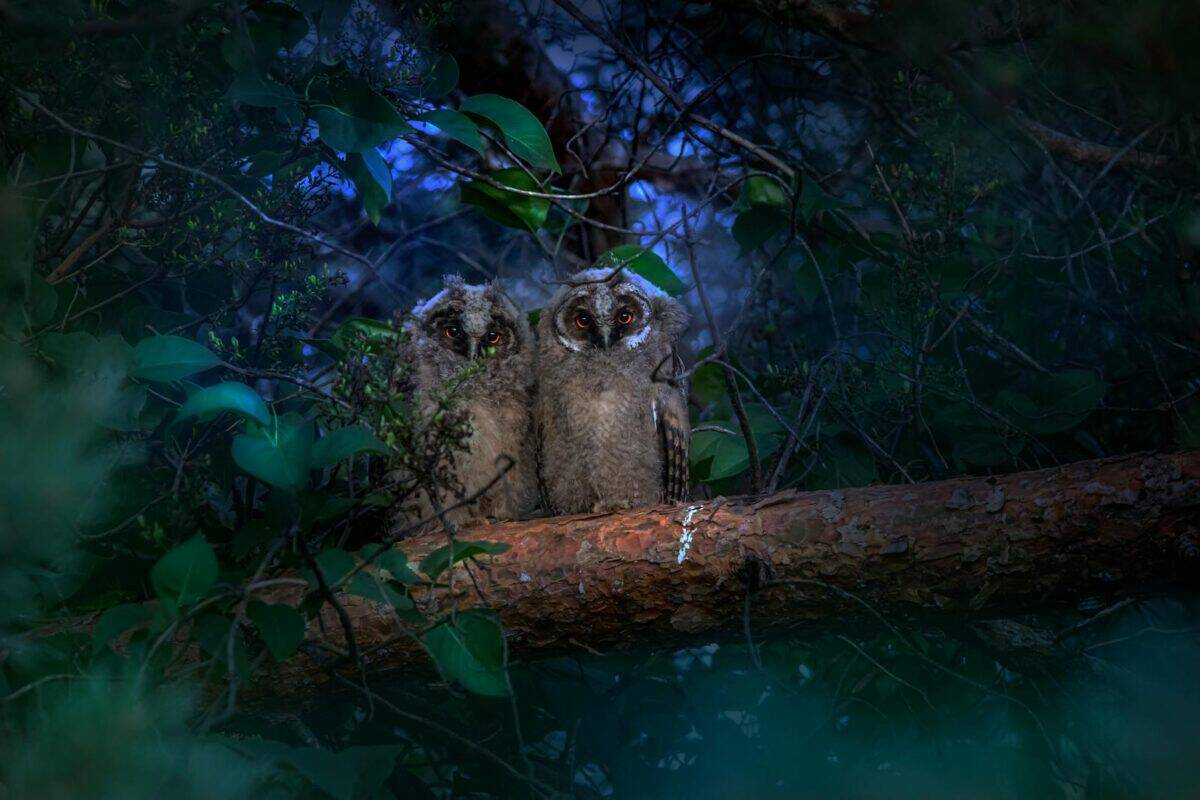
In addition to biological adaptations, many animals exhibit specific behaviors to maximize their night vision. Some species adjust their hunting strategies, moving silently and patiently waiting for the right moment to strike. Others use the cover of darkness to evade predators or locate mates, demonstrating the vital role darkness plays in ecological niches.
Human Exploration and Technology
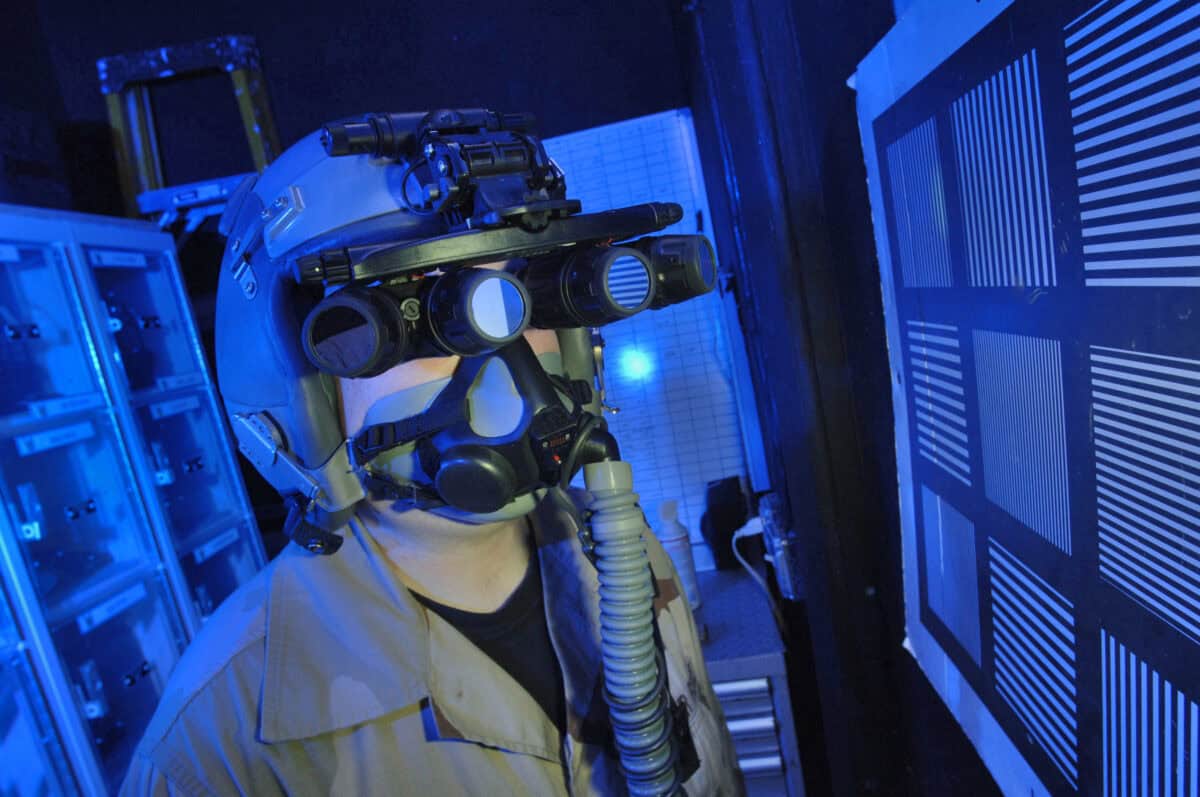
Humans have long been inspired by animals’ night vision capabilities, leading to technological advancements such as night-vision goggles and cameras. These tools mimic the principles found in nature, allowing humans to explore the darkness with enhanced vision inspired by nocturnal animals’ biology.
The Impact of Darkness on Animal Behavior

Darkness not only influences how animals see their surroundings but also affects their behavior profoundly. Many species rely on lunar cycles or environmental cues like temperature and humidity when active during nighttime. These adaptations highlight the intricate relationship between an animal and its environment.
Challenges in Darkness: Adaptation vs. Limitation
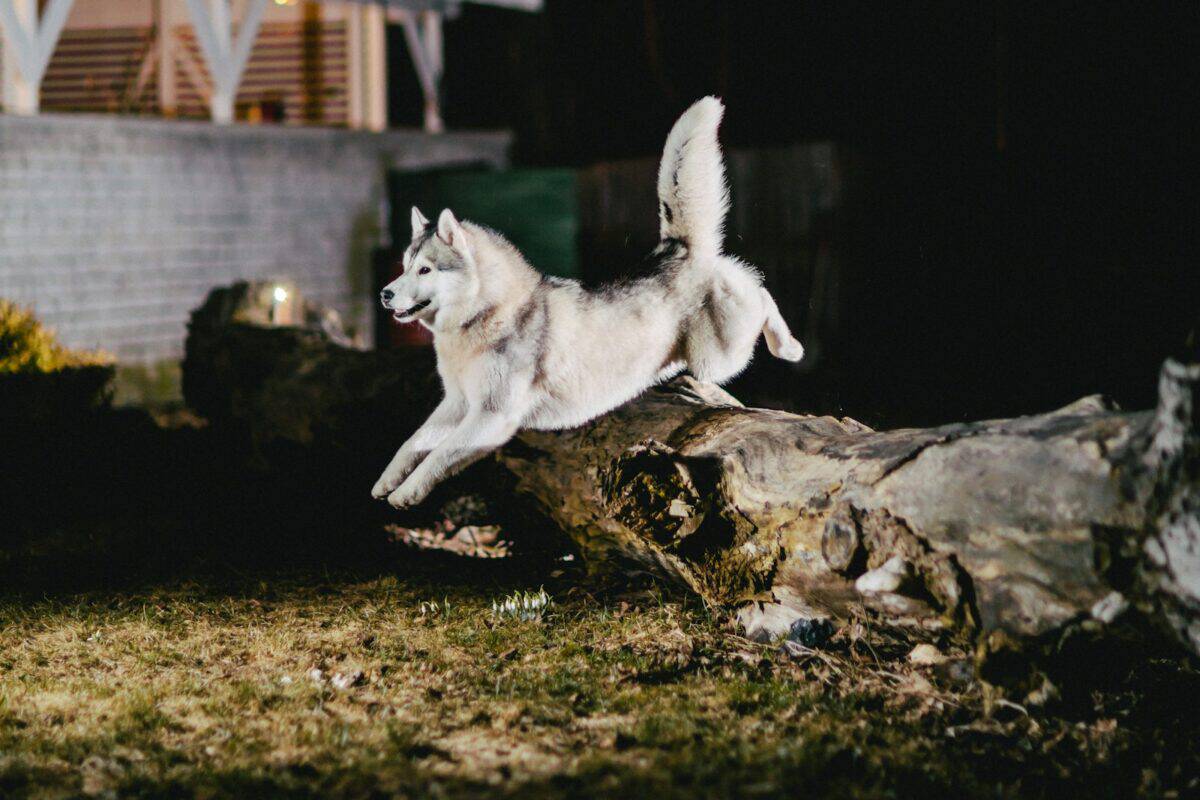
Despite the benefits, navigating in darkness does present challenges. Even the most well-adapted animals can fall prey to human-made obstacles like roads and buildings, which disrupt their natural habitats and navigation. Conservation efforts are crucial for minimizing these impacts and preserving the extraordinary abilities of nocturnal species.
The ability of some animals to see in complete darkness is a remarkable testament to the power of evolution and adaptation. Through specialized eye structures, behavioral strategies, and technological parallels inspired by nature, these creatures showcase an extraordinary range of survival mechanisms. Understanding these adaptations not only deepens our appreciation for the natural world but also guides us in protecting it for future generations.
- Wildlife Encounters You Might Have on a Spring Hike - August 23, 2025
- Wildlife That Thrives in the Carolinas Year-Round - August 23, 2025
- The Role of Bears in Keeping Forests Healthy - August 23, 2025

